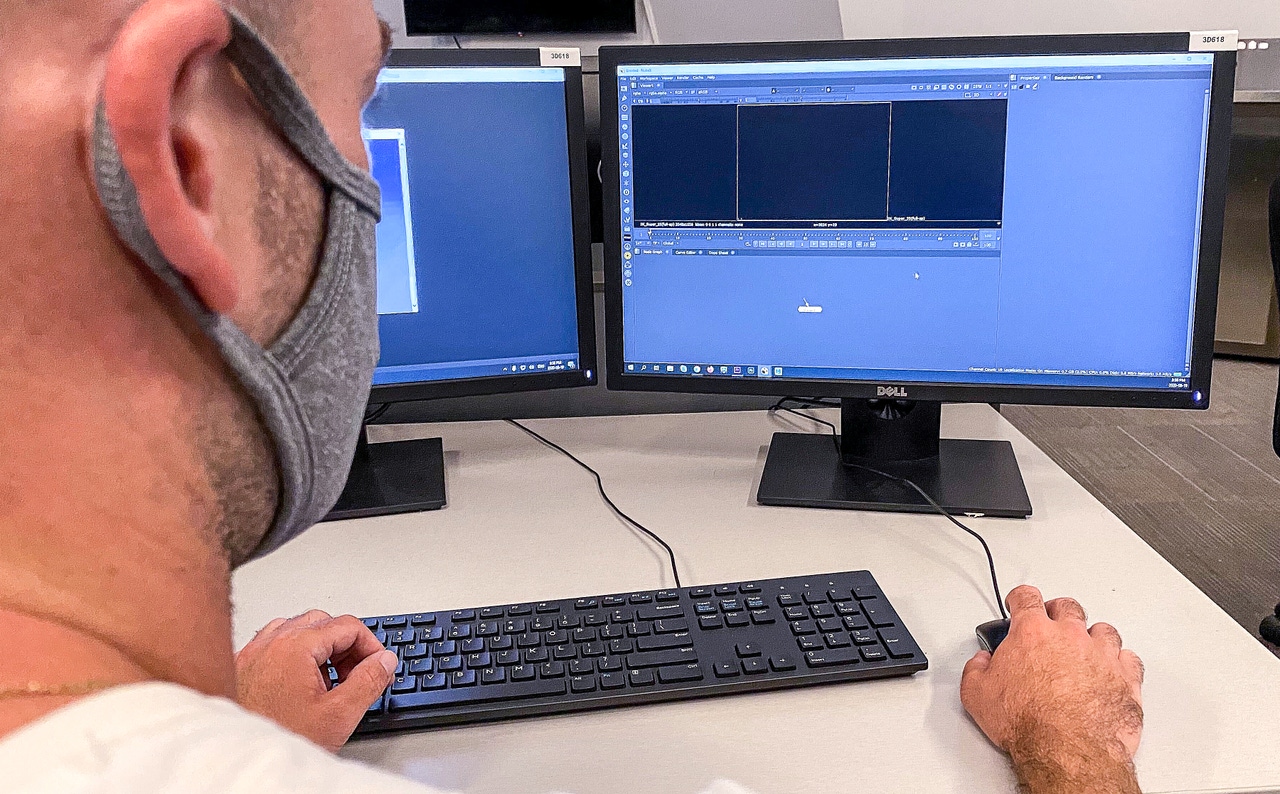4 Ways College IT Departments Can Support Online Learning
In the age of COVID-19, colleges must be prepared to pivot quickly and adapt to a hybrid or fully online model. Here are some important steps for college IT departments to take to boost the online learning experience.

For the higher education sector, which serves tens of millions of students in the United States, the sudden operational changes made necessary by the COVID-19 pandemic presented a daunting challenge: moving the operations of large, multifaceted institutions online in the middle of a college semester.
These same institutions are now grappling with how to start a new academic year while continuing with some degree of remote operations and preparing for fully-remote operations as needed.
North American colleges have already learned a lot about leveraging their IT departments to support online learning. And technology like cloud computing and secure and flexible endpoint management solutions make scaled-up online operations possible for colleges.
“By migrating key applications and desktops to a data center or the cloud through VDI or DaaS from the outset, college IT departments have the ability to build a workspace environment that’s turnkey, centralized, and accessible at any time from anywhere — whether on campus or at home,” said Simon Townsend, chief marketing officer at IGEL Technology.
But challenges still remain, and colleges must be prepared to pivot quickly if the situation with COVID-19 changes. Here are some important steps for college IT departments to take to support online learning this year.
1. Identify the Current Priorities
When a crisis hits, priorities shift. Investments in technical equipment and online educational design likely moved to the top of the to-do list for many institutions earlier this year, and spending priorities would have shifted accordingly.
Prior to the pandemic, remote operations for educational delivery and overall operational activities were not a near-term priority for Vancouver Film School, said Jonathan Bell, the school’s managing director. But in March, it quickly became the college’s primary focus.
“We had to react to a majorly disruptive, unanticipated situation and work with our technology partners to do so,” Bell said.
Once the dust settled, Vancouver Film School began adapting its curriculum for online instruction. “Curriculum design for an online audience is, of course, different than delivering an in-person education to an online audience,” Bell said. “Adapting our curriculum while delivery is underway is a challenge to coordinate.”
2. Stick with Existing Partnerships
Don’t try to reinvent the wheel during a crisis. When operating with a tight timeline and an uncertain future, sticking to the tried and true can be beneficial to college IT departments. This also applies to current systems, ongoing supplier and servicer agreements, and existing technical know-how.
To shift to and support online learning, Vancouver Film School leaned on its existing relationship with Dell, which was chosen based on the performance of its equipment, Bell said. “We tested several brands and selected Dell based on the outcomes and how they matched up with our technology requirements.”
Technology, expertise, and partner collaboration — including Dell’s close relationship with PCoIP software company Teradici and the expertise of IT infrastructure provider Powerland — all made it possible to pivot to remote instruction, Bell said.
3. Don’t Forget About Security
“Endpoint security has proven to be one of the biggest challenges organizations face as they migrate to work-from-home,” IGEL's Townsend said. He pointed to a recent report from IGEL that found three of the top five workplace delivery concerns were around security.
“Hardware supply chain issues, tools that aren’t designed for managing remote endpoints, and a rise in ransomware threats have presented organizations with a host of new security challenges to address,” Townsend said. Many of the existing solutions that employees and employers have found so valuable over the past few months have significant security blind spots — Zoom and Slack are just two examples. Other tools, like VPNs, double-factor authentication, and single sign-on can be used to improve security across applications.
Consider how to balance access with security, especially if employees are working on shared connections like public wifi. Keep in mind, as well, that many students, staff, and faculty will be using their own equipment, which may not be properly secured.
More than half of employees newly working from home are using their personal computers to do so, and 61 percent of those employees haven’t received the tools needed to make those devices secure, according to an IBM survey. Institutions should look into providing access to more secure software and VPNs for remote employees, and ensure that any provided equipment is up to security standards.
4. Consider Students’ Technical Realities
“Among our guiding principles as we navigate the pandemic is to assure equity among our students as much as is within our control,” Bell said.
This is not a new principal for the college, he said — technology is important to the educational programs at Vancouver Film School. But reduced access to specific technology available at the college was a hardship for many students, he said. There are some cases where it is inconvenient or cost prohibitive to provide all students with at-home access to certain resources.
Vancouver Film School worked with Teredici to provide remote access to some resources, Bell said. Where that isn’t possible, equipment has been loaned or students have been provided with on-site access — with safety protocols in place. Centralized cloud computing environments and VDI/DaaS services that allow desktops to access the cloud can be quickly deployed and accessed by students both on and off campus, Townsend said.
Don’t forget about the essentials either. Some students and instructors need access to specialist technology, but others will be accessing everyday solutions online or from home for the first time.
“In the rush to transition to remote work, the basics are often overlooked,” Townsend said. Everyone needs a functioning endpoint, access to Office365, or a way to access university applications. College IT departments should make sure people have access to all the resources needed to do their jobs as well as provide information about reliable online resources for technical support. This reduces the burden on college IT departments when problems arise.
About the Author
You May Also Like








.jpg?width=700&auto=webp&quality=80&disable=upscale)
